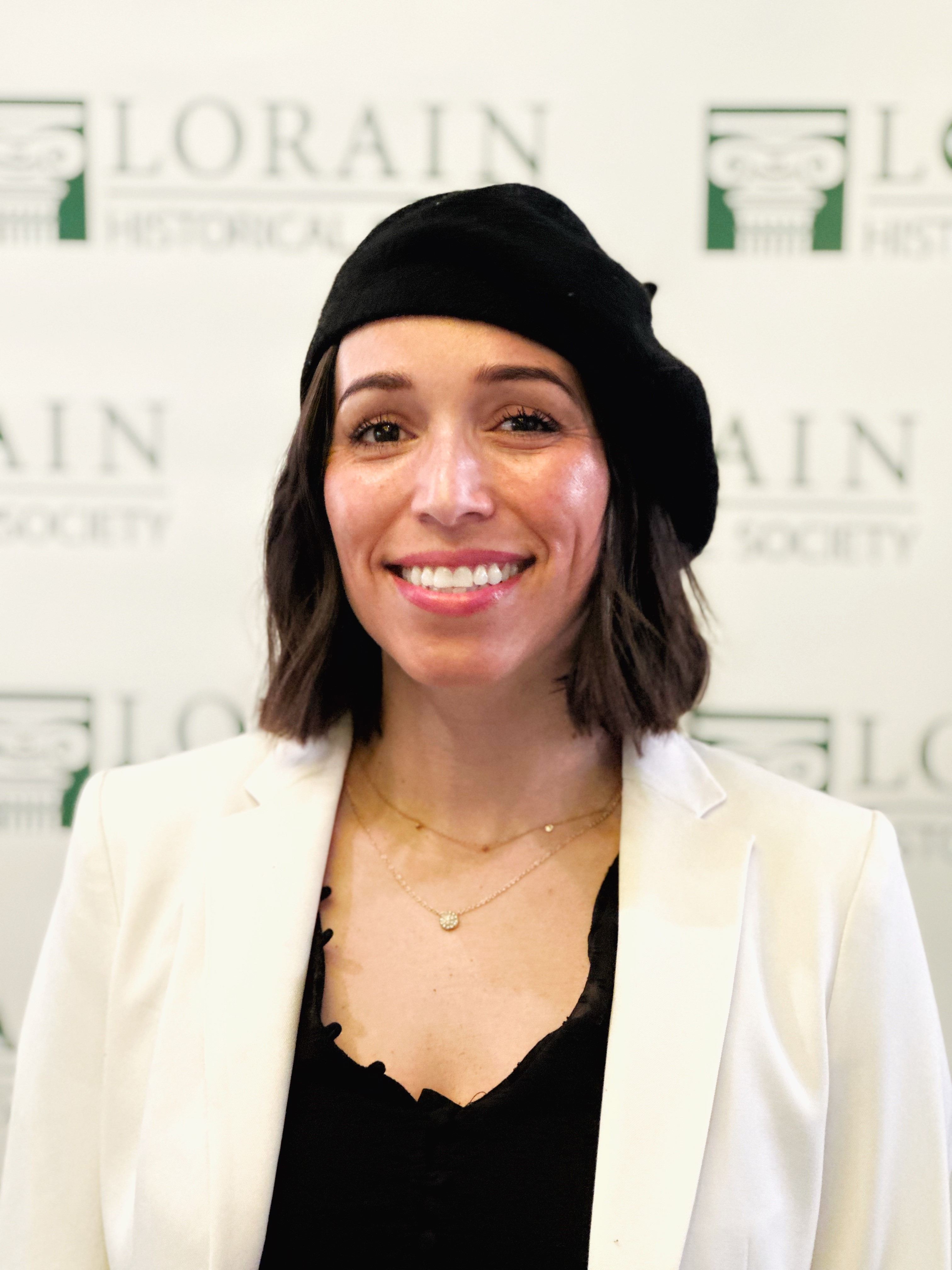OMA 2024 Professional Fellowship Blog - Monica Morell
The Ohio Museums Association is committed to connecting and empowering museum professionals at all stages of their career, and we recognize how important professional development events like conferences are in advancing careers. We also know not everyone that works in museums have professional development opporutnities built into their personal or institutional budget.
For our 2024 OMA Annual Conference, OMA was very proud to offer current museum professionals fellowships to attend OMA 2024 in Sandusky.
We're continuing our 2024 Conference series with this week's post from Monica Morell - our 2024 Conference Fellow! Monica Morell is the Development and Events Manager at the Lorain Historical Society.
Did you miss our previous Conference Blog post? Learn more about the Conference Blog series and read our previous entry here.
My First OMA Experience
 This was my first time attending the OMA conference and I can honestly say that I left there feeling not only more inspired but prouder than ever to have found my new home within the world of museums.
This was my first time attending the OMA conference and I can honestly say that I left there feeling not only more inspired but prouder than ever to have found my new home within the world of museums.
As someone who has always worked in corporate America, my experience with museums was always that of a patron. Like most, I would visit a museum when there was a certain exhibit or show of interest, when I had a friend in town who insisted on visiting the museum, or, honestly, when I felt the need to impress someone. Needless to say, my experience with museums was that of the outside looking in. I was simply a visitor admiring the works of art on display; however, I never knew nor did I think of all the intricacies that had to happen for a certain piece of art to hang on that wall for me to simply enjoy.
I have worked in the museum space for one year and since working on the inside, I am privy to the secret formulas used for curating and sustaining a museum. Some of these formulas are tried and true and others are more like fads. Not all formulas are created equal - but all are important for a particular moment. Same is to say, that all charities are non-profit, but not all non-profits are charities.
During the OMA conference, I learned many lessons, (different ways a museum could stay relevant within an ever-changing world, how museums could create alternative revenue streams, how museums can capitalize on historical moments for the museum or city) but the most impactful lesson I learned, was how other museums have programs or offerings to engage the disability community. This was extremely eye-opening to me and something I will truly, never forget.
My biggest takeaway was OMA’ s focus on inclusion. For example, simply adding a Chrome extension that claims to make your website more accessible to the disability community, does not make your website 100% accessible. There are still modifications that we will need to instill throughout all of our external communications and we must make our external communication consistent across all channels. Writing an image description for all your photo posts is a big way to make your outward-facing communication accessible to everyone. This is something I have never thought of in my entire life. And I am on social media often.
I had also never met a blind person before this conference. Sitting and listening with people from across the accessibility spectrum was profound and humbling. This experience also made me rethink how my museum is or is not inclusive for all. It also made me think about how I could be more inclusive in my personal life.
The OMA Conference was more than an event; it was transformative. I went there alone not knowing what to expect, and I left with a deeper understanding and appreciation for the museum world and the impact museums have on our societies.